
White Pimples on Face: Types, Causes, Prevention
- Understanding the Different Types of White Pimples on Face (Milia, Comedones, and Papules)
- What Causes White Pimples on the Face?
- Expert Tips for Treating and Preventing White Pimples on Face
- Common Myths about White Pimples on Face Debunked
- When to Seek Medical Advice for Persistent White Pimples on Face?
- Conclusion
Our skin is often considered a reflection of our overall health, and as such, many of us strive for clear and blemish-free complexions. A common concern, white pimples on the face can disrupt our pursuit of flawless skin. They manifest in various forms from tiny milia to larger papules. Understanding their nature and methods for management is important.
Understanding the different types of white pimples on face (milia, comedones, and papules)
Before we address the issue of white pimples on the face, it's crucial to differentiate between the various types that can appear. The most common types include milia, comedones, and papules.
1. Milia
Milia are small white bumps on face that often appear on the cheeks, forehead, and around the eyes. They occur when dead skin cells become trapped beneath the surface of the skin, forming tiny cysts. Unlike acne pimples, milia lack an opening, making them difficult to pop.
2. Comedones
Comedones, commonly known as whiteheads and blackheads, are a type of acne. Whiteheads are closed comedones, appearing as small white or flesh-coloured bumps, while blackheads are open comedones and have a black tip due to oxidised sebum. They result from clogged hair follicles and excess oil production. Comedones are below surface acne which are hard.
Also Read: Comedones 101: Comedones Meaning and Causes
3. Papules
Solid, raised white or pinkish bumps known as papules often manifest with tenderness upon touch. Inflammation of the hair follicles primarily causes their occurrence, frequently resulting from bacterial infection. One might confuse papules for acne. However, they represent a unique type of white pimple.
What causes white pimples on the face?
Understanding the reason for small white pimples on the face is a fundamental step in effectively managing and preventing them. Several factors contribute to their development:
1. Poor skincare habits
Neglecting to cleanse your face regularly can lead to a buildup of dead skin cells, oil, and dirt, creating an environment ripe for white pimples to form.
2. Excessive oil production
An excess of sebum, a result of overactive sebaceous glands, can lead to pore clogging and the formation of whiteheads along with other types of white pimples.
3. Harsh skincare products
Harsh and abrasive skincare products strip the skin of its natural oils, which in turn leads to increased oil production and a heightened likelihood of white pimples.
4. Hormonal changes
During puberty, pregnancy, or menstruation hormonal fluctuations can trigger an uptick in sebum production and provoke the development of white pimples.
5. Diet
Certain studies suggest a correlation between diet and acne. A high consumption of sugary, processed foods may exacerbate skin issues. This includes the emergence of white pimples.
Expert tips for treating and preventing white pimples on face
Consider these practical tips to enhance your skin health:
1. Moisturise
Ensuring proper hydration can assist in regulating oil production and averting dryness, a condition that may induce further oil secretion.
Packed with antioxidants and potent ingredients, The Pink Foundry's Acne Care & Healing Gel Moisturiser with Tea Tree & Cica deeply hydrates and nourishes, enhancing the natural radiance of your skin. It combats dryness, reduces fine lines and helps promote a youthful, healthy glow.
2. Sun protection
Sunburn and sun damage can exacerbate skin issues. This is why applying sunscreen is essential.
3. Avoid touching
Refrain from touching your face or picking at white pimples, as this can introduce bacteria and lead to infection or scarring.
4. Dietary adjustments
Consider a diet rich in fruits, vegetables, and whole grains, while limiting sugary and processed foods. Some individuals find that dietary changes can improve their skin.
Common myths about white pimples on face debunked
There are many myths and misconceptions surrounding white pimples on face.
1. Toothpaste as a treatment
Despite popular belief, applying toothpaste to white pimples is not a recommended treatment. It can irritate the skin and worsen the issue.
2. Squeezing to remove
Popping white pimples is not advisable.
3. Only teenagers get them
White pimples on the skin don’t affect just teenagers, rather they can affect people of all ages. Hormonal changes, stress, and other factors can trigger their occurrence in adults.
4. Sun exposure clears them
Sun exposure may temporarily dry out white pimples, but it can lead to more significant skin issues in the long run, such as premature ageing and skin cancer.
When to seek medical advice for persistent white pimples on face?
While most white pimples on the face can be managed with proper skin care and lifestyle adjustments, there are instances when seeking medical advice is essential. You should consult a dermatologist if:
1. Home treatments fail
If over-the-counter products and home remedies do not improve your skin's condition or make it worse, it's time to seek professional help.
2. Frequent breakouts
Recurring white pimples may be indicative of an underlying skin condition that requires medical evaluation and treatment.
3. Cystic or painful pimples
Cystic or painful white pimples can lead to scarring and should be addressed by a dermatologist.
4. Unusual symptoms
If white pimples are accompanied by unusual symptoms like redness, swelling, or drainage, consult a healthcare professional promptly.
Conclusion
White pimples on the face are a common concern, but they can be effectively managed with the right knowledge and approach. Understanding the different types, and their causes, and adopting expert-recommended skincare practices can help you achieve clearer and healthier skin. Remember to debunk common myths and consult a dermatologist when needed to address persistent or severe white pimples.


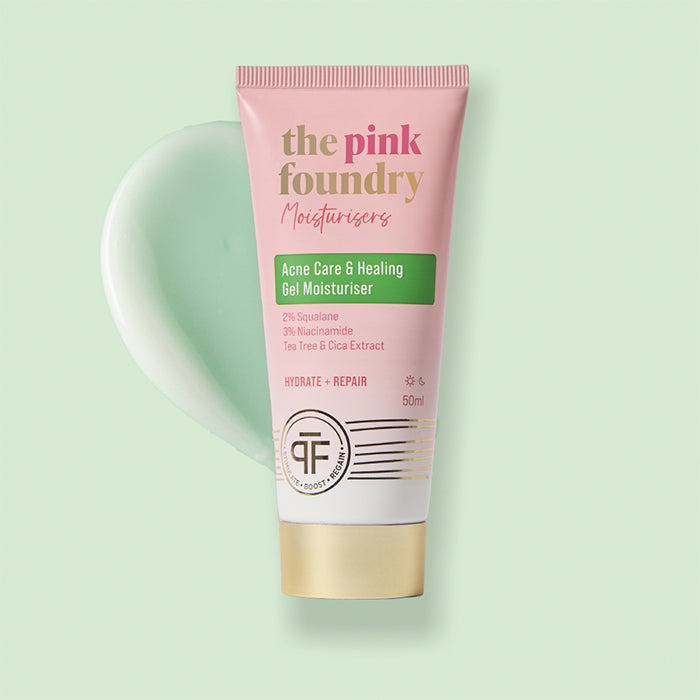



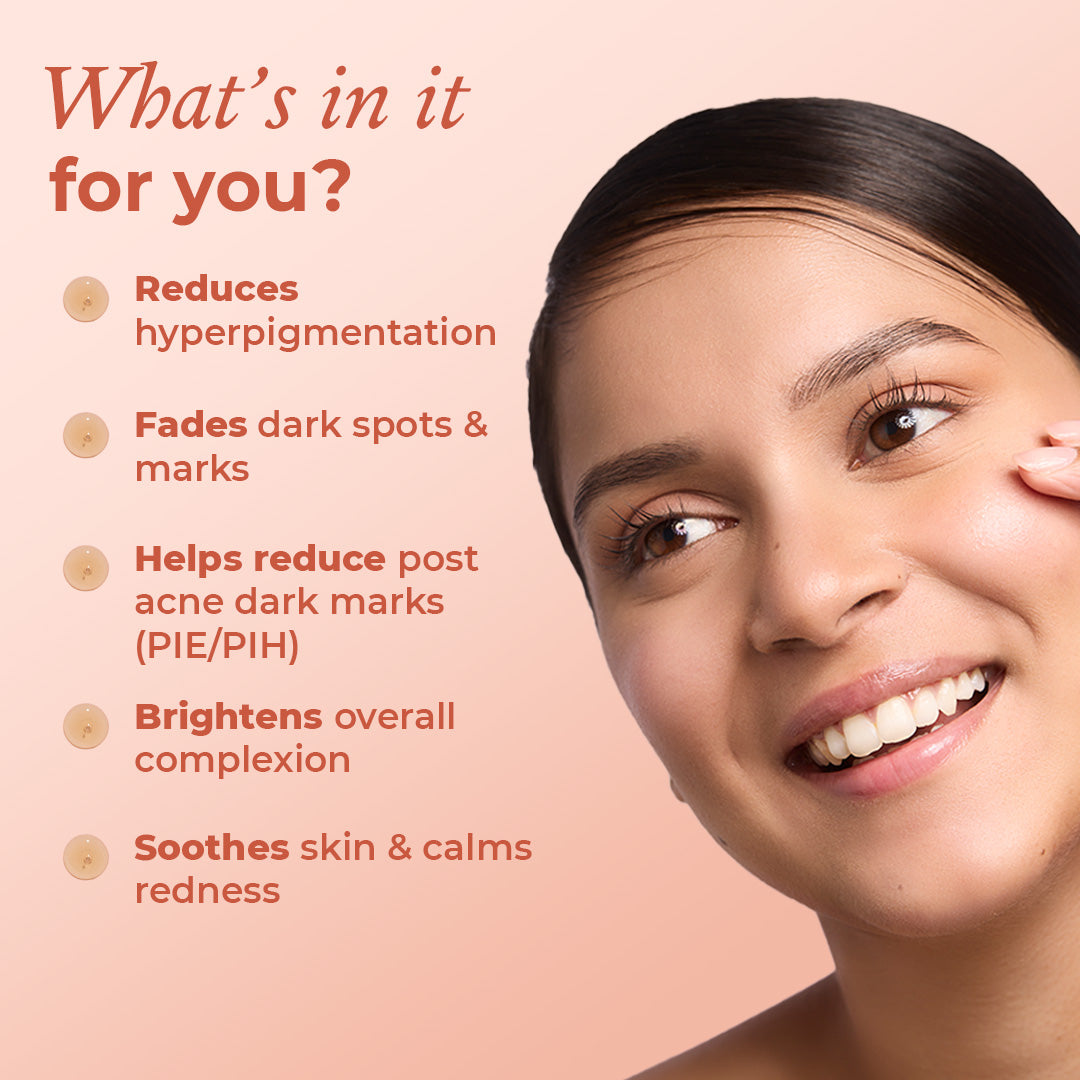

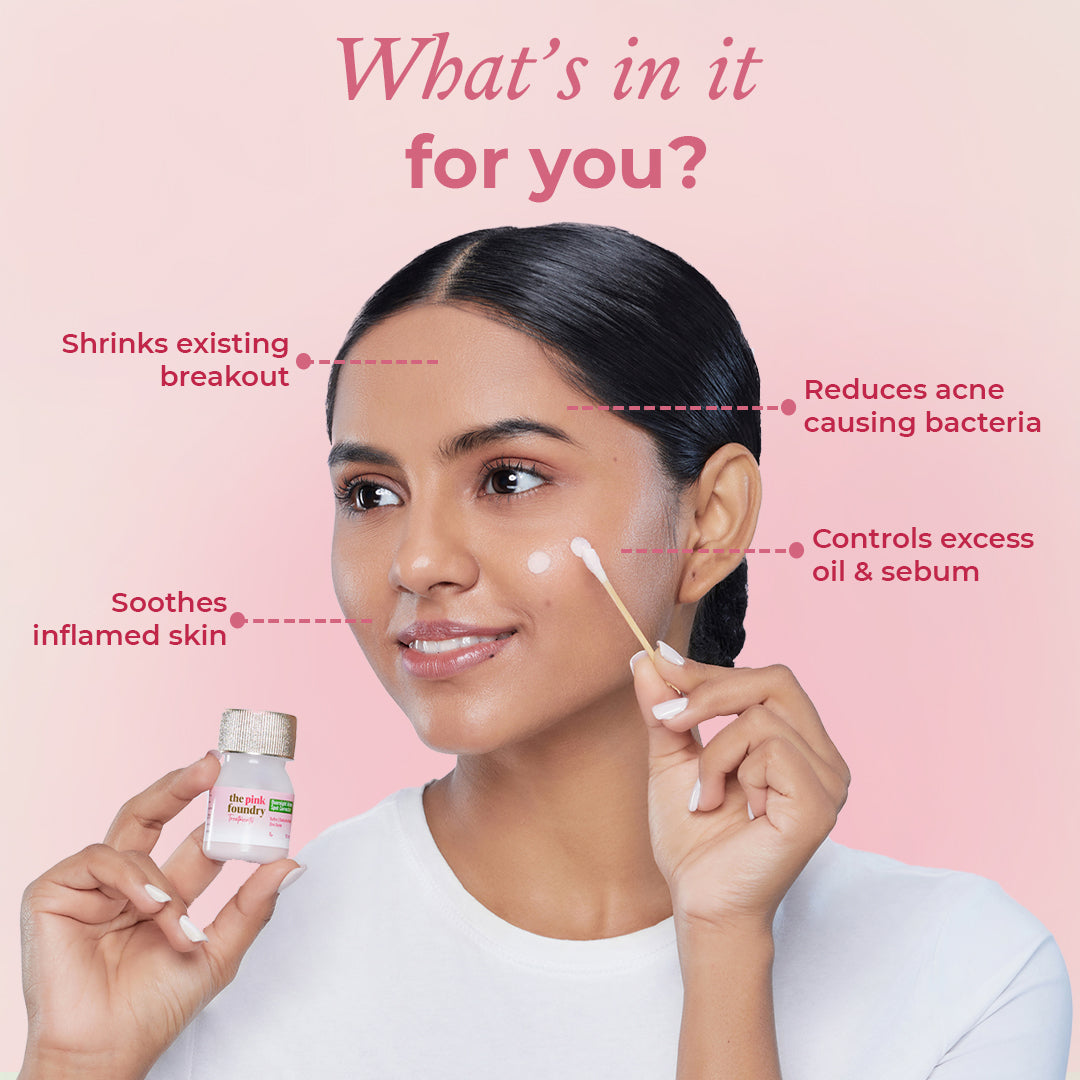
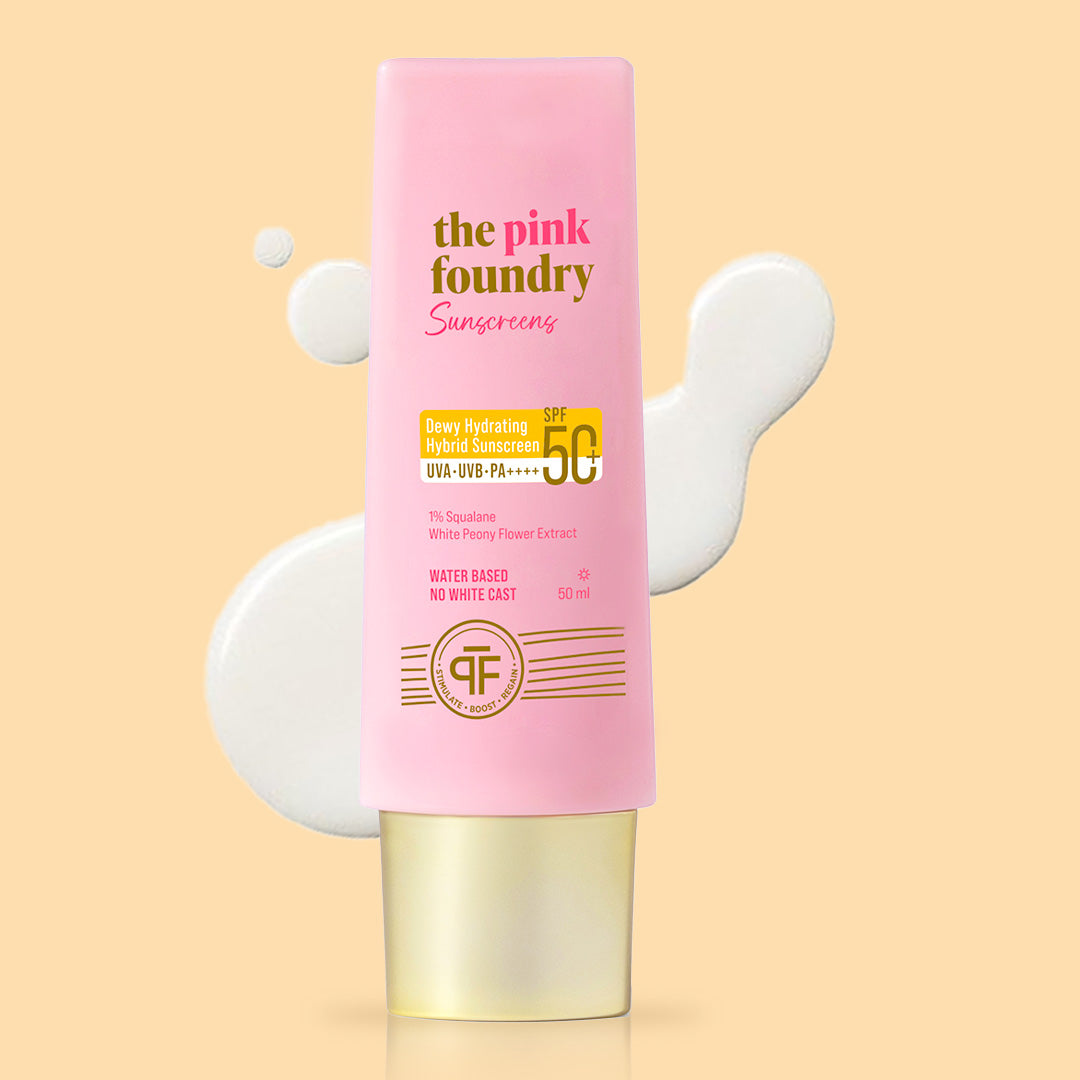
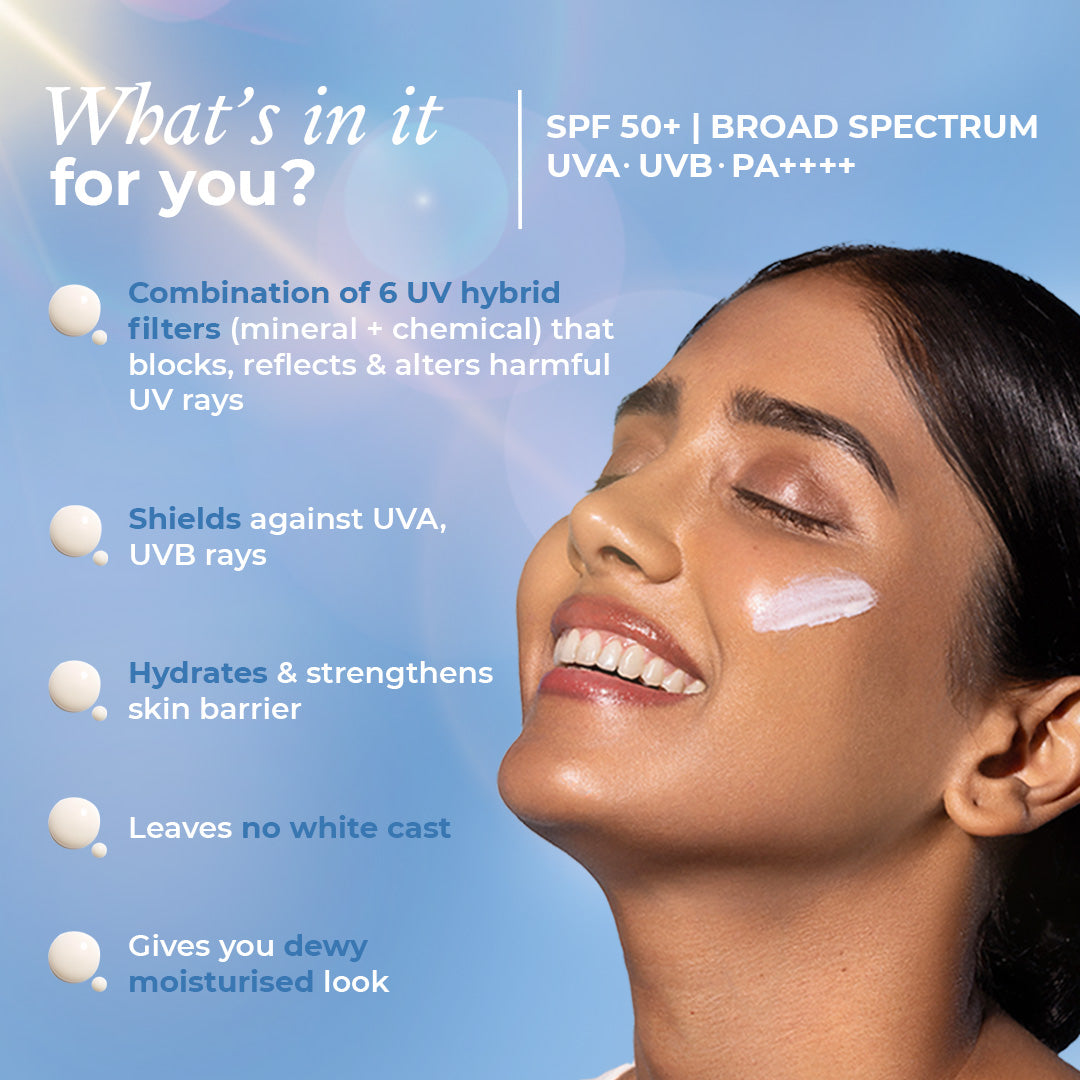
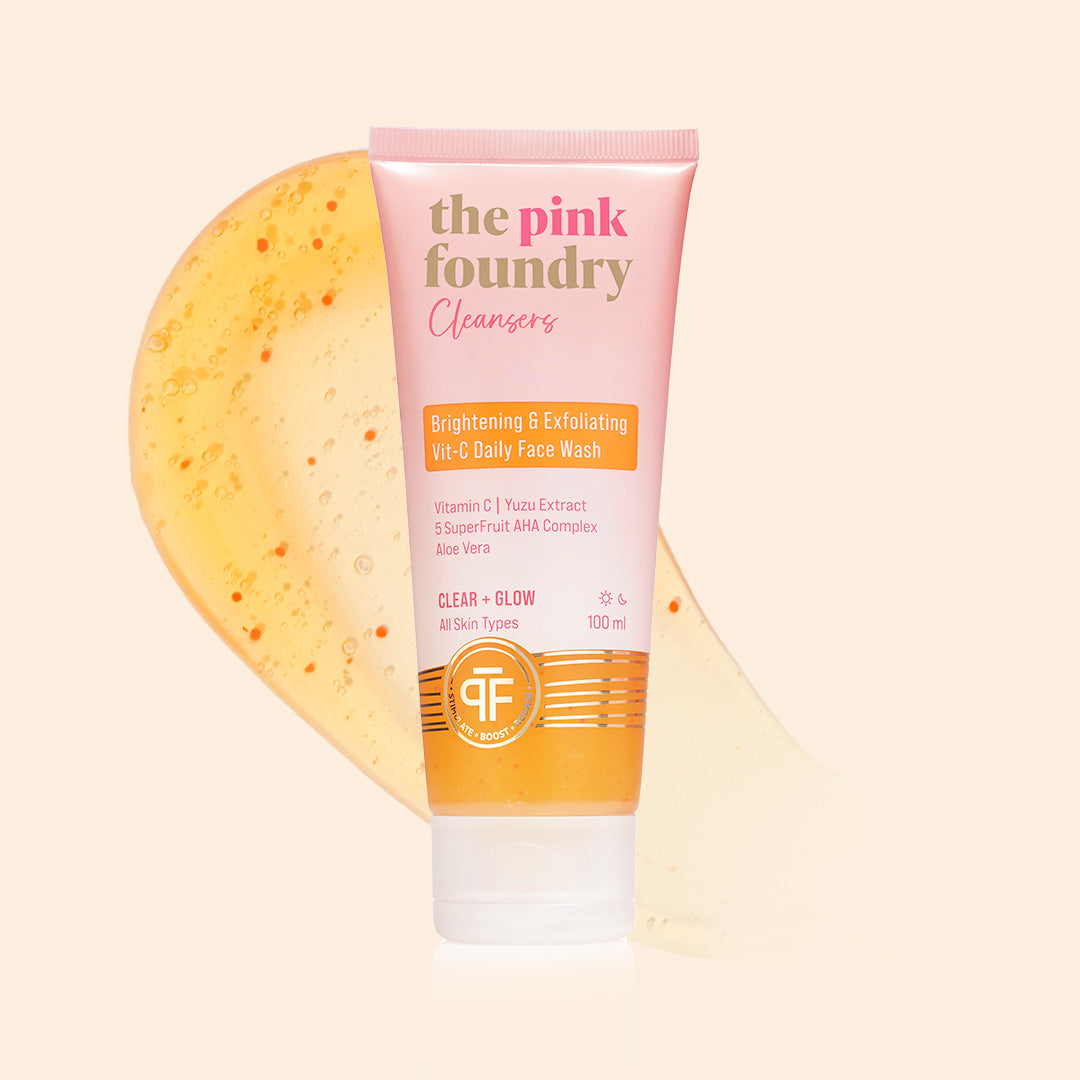
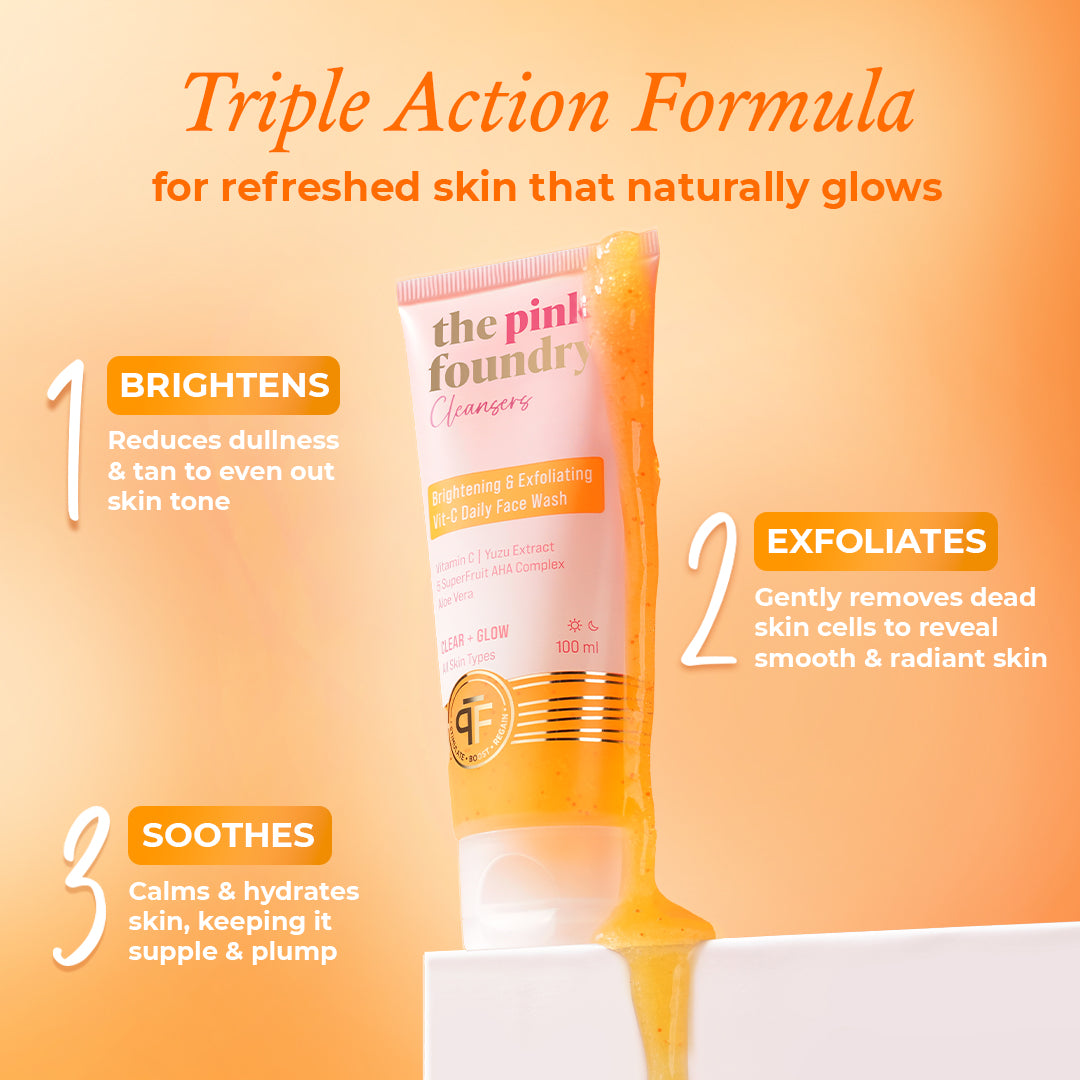
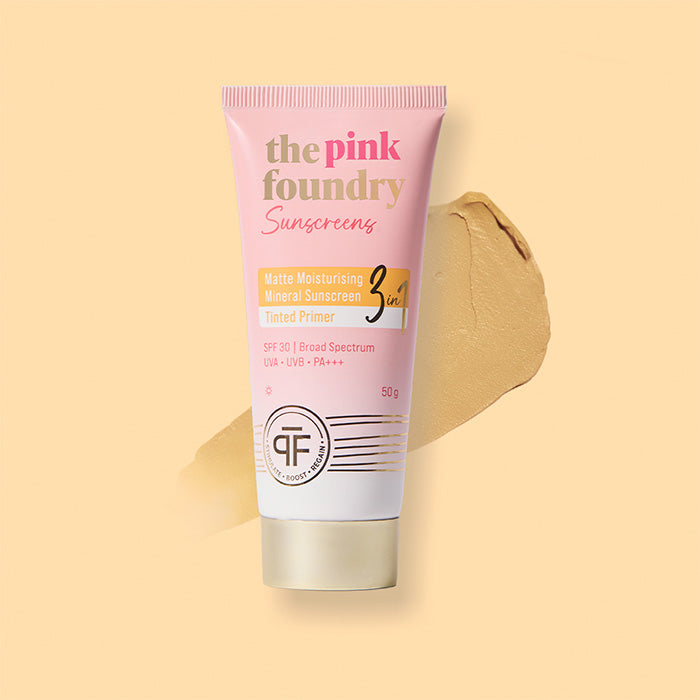
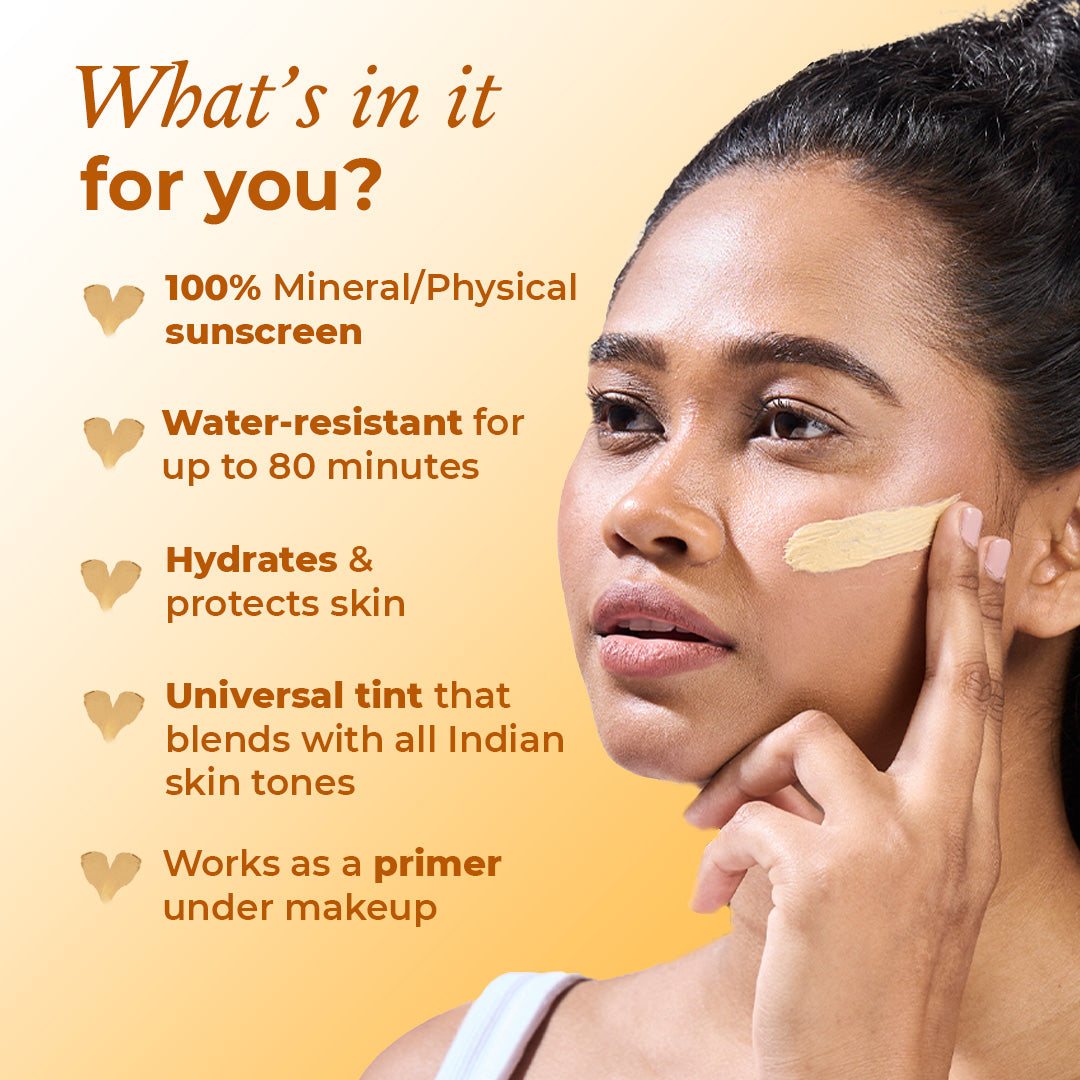
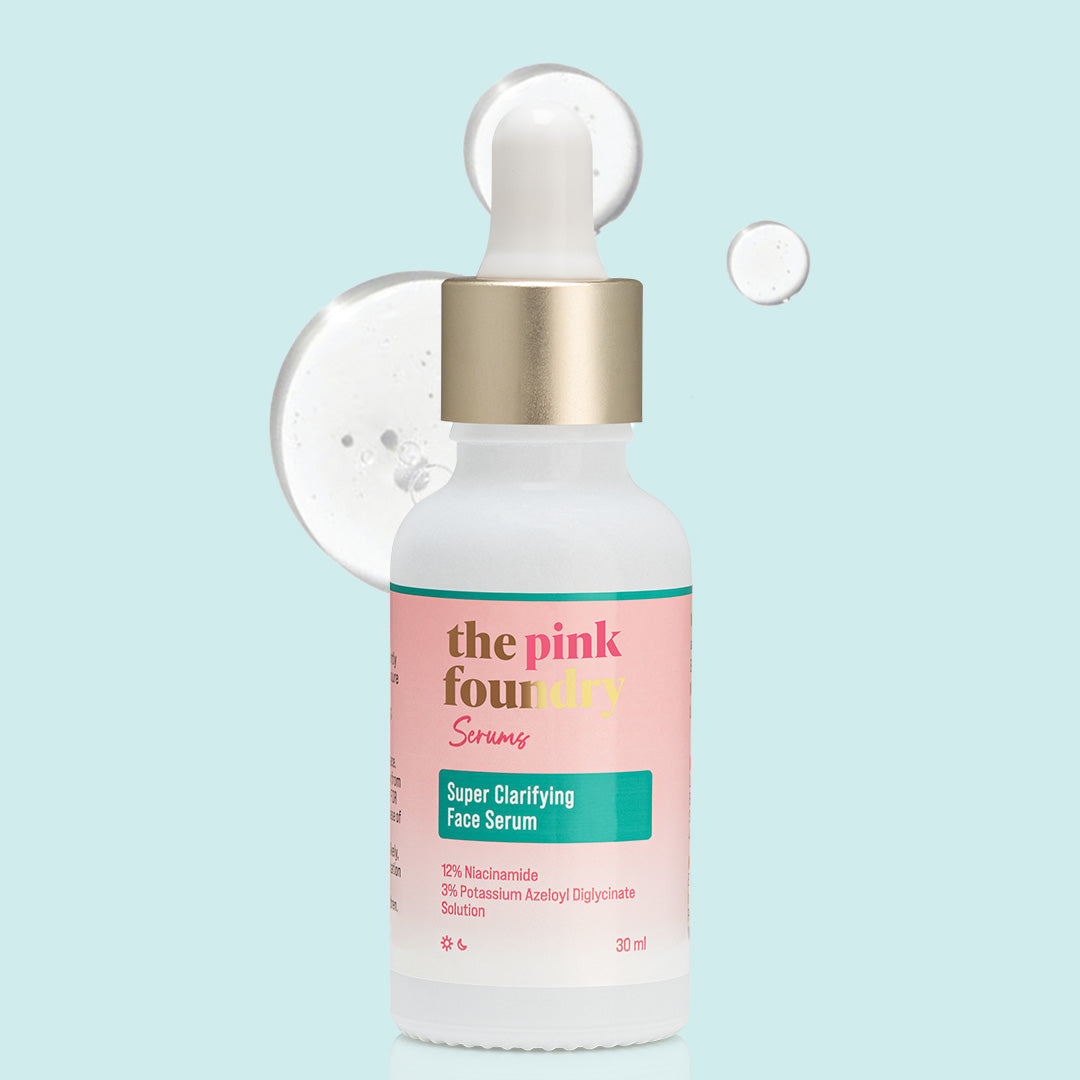
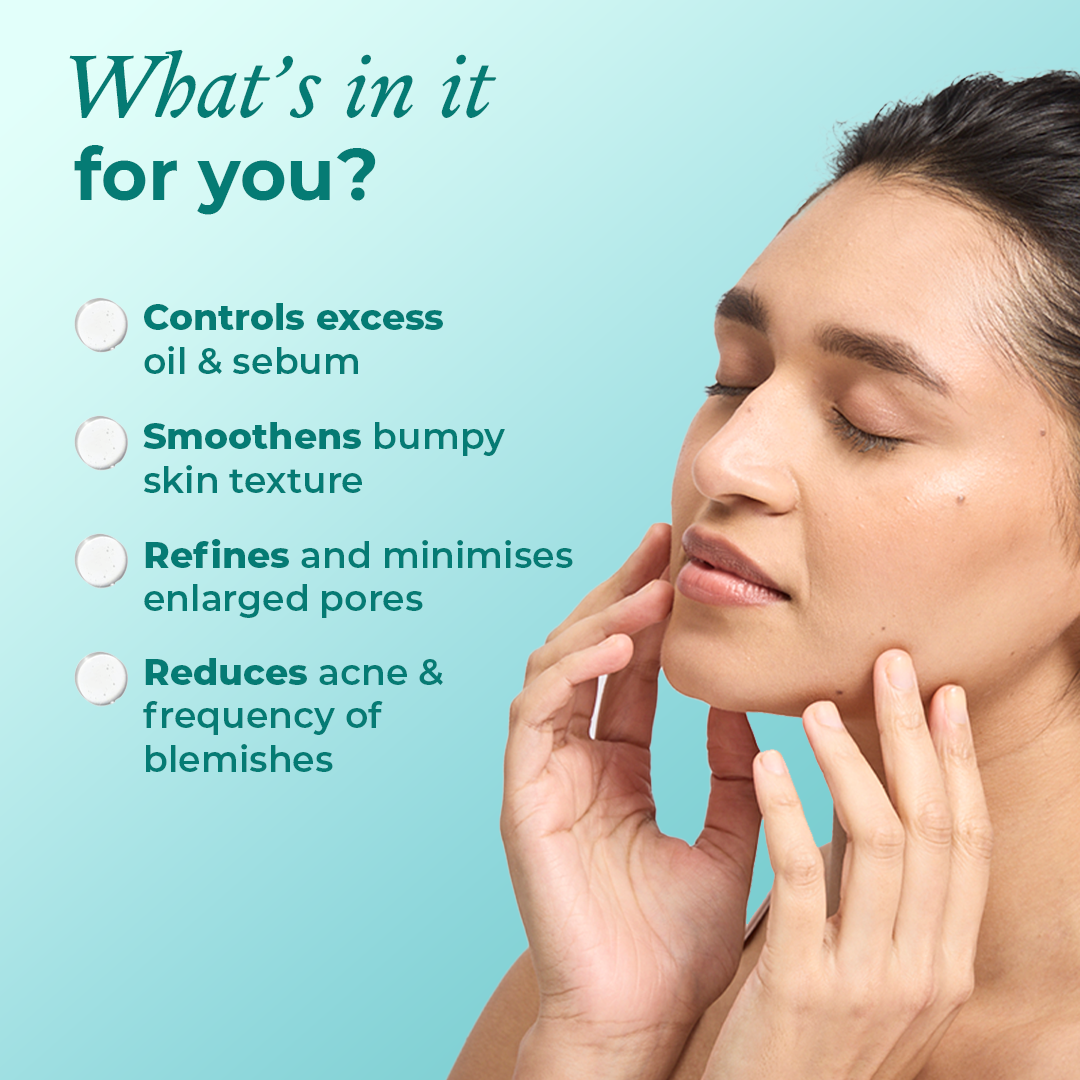

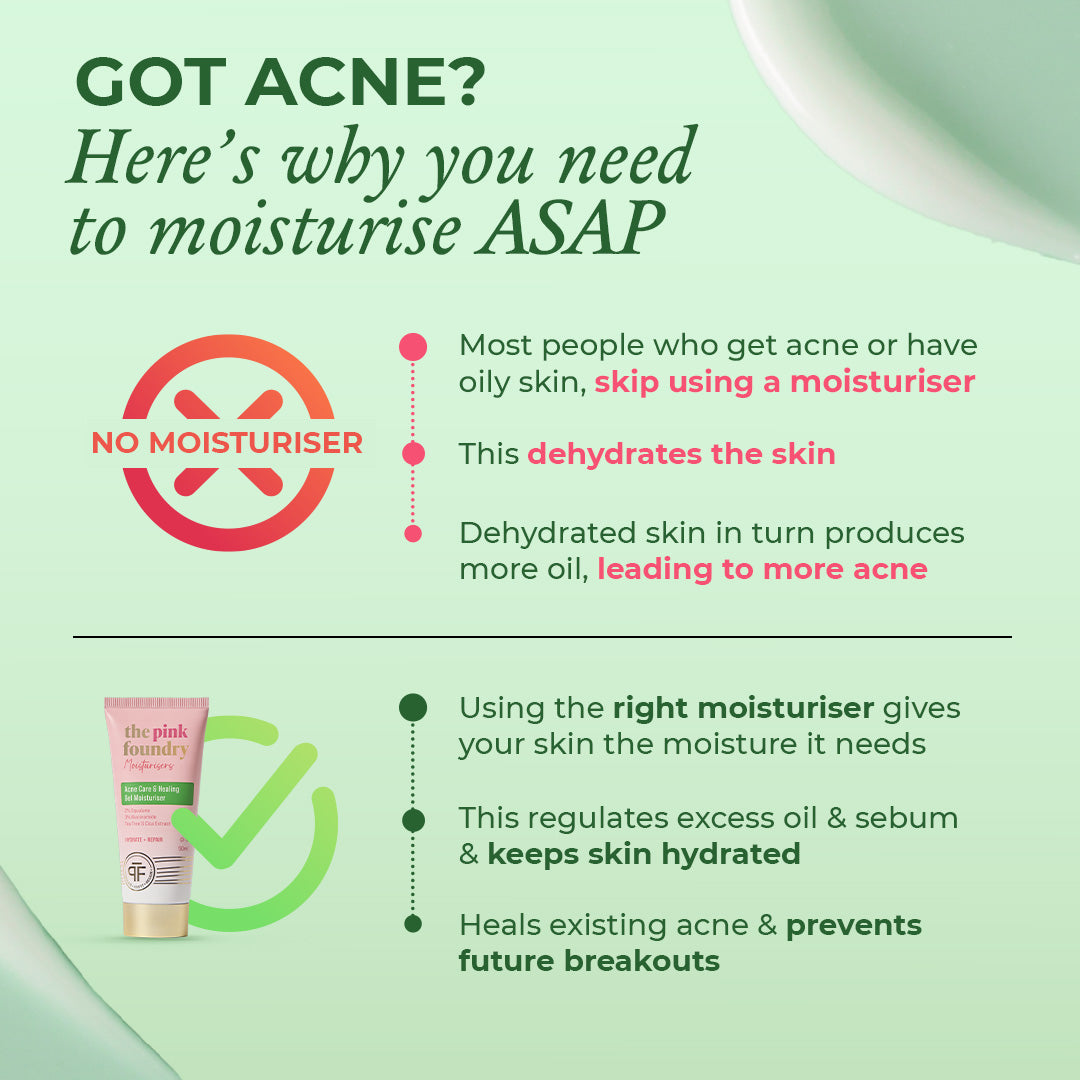
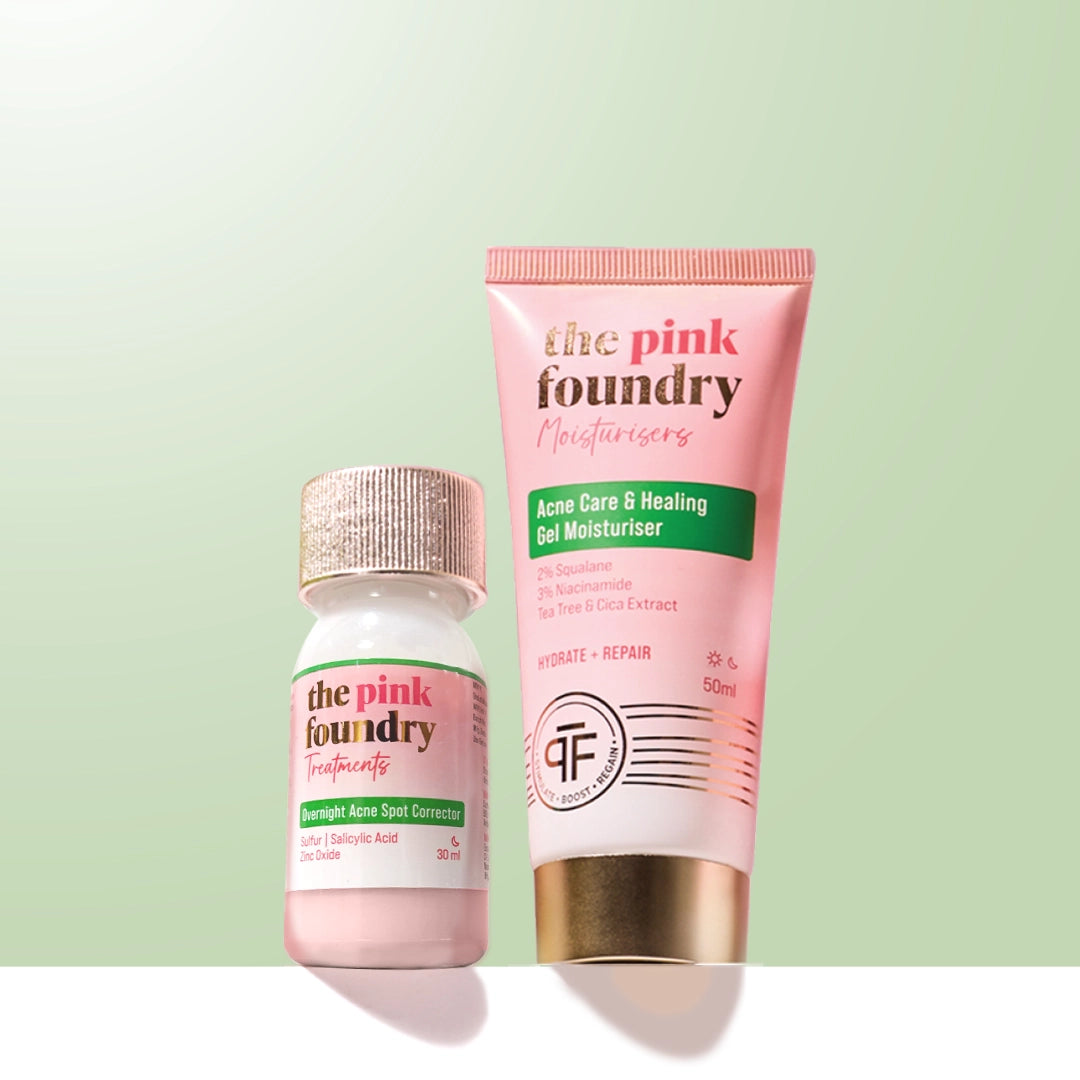
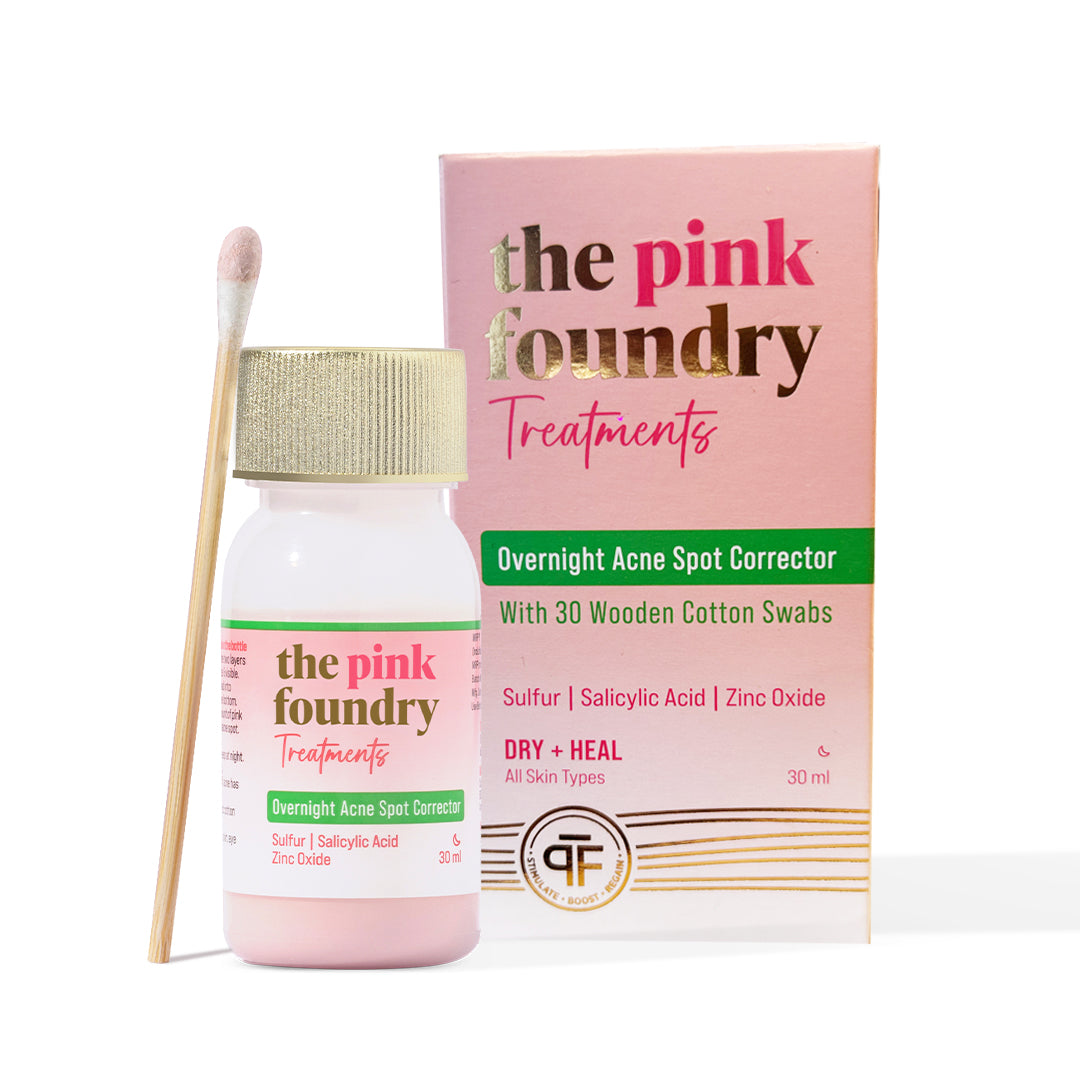
Leave a comment
This site is protected by hCaptcha and the hCaptcha Privacy Policy and Terms of Service apply.